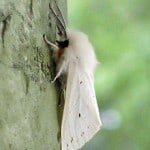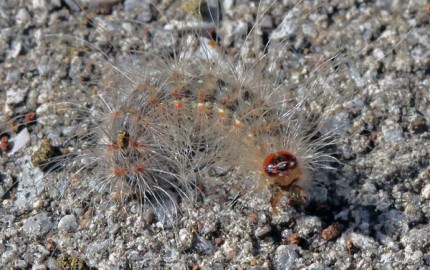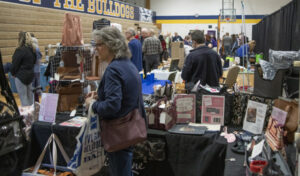
(Chelsea Update would like to thank Tom Hodgson and the Waterloo Natural History Association for the information in this story.)
As autumn begins, we “leaf peepers” anxiously await the development of fall colors.
However, there is something else that is a late summer or early fall phenomenon – one that we do not look forward to. It’s the annual emergence of fall web worms.
These are the insects responsible for the unsightly webs that are encasing the branches of some local trees at this time of year. And these worms are different than the Eastern tent caterpillars, which defoliate some wild black cherries and domestic fruit trees in the spring.
Thankfully, one of the differences is that the fall web worms are much less destructive. They do not usually appear until annual tree growth is coming to a close, so although their webs are unsightly, they rarely cause trees serious harm.

The fall web worms are actually the larvae (caterpillars) of a small, white moth. The moth is said to lay eggs on more than 100 species of trees.
In our area, however, they seem to prefer hickory trees. The hairy larvae encase the leaves on which they are feeding with a dense web that protects them from predators.
As the larvae grow and demand more food, they expand the web to cover more leaves. Because they spend the majority of their lives hidden in their web, the caterpillars are rarely seen until they reach full size and leave the safety of the web. It’s at that point that they transform into a resting stage called a pupa.
The pupae are usually hidden in bark crevasses, or among the litter on the ground. There, they will remain until next summer.
The pupae hidden in the bark provide winter food for woodpeckers, while those under the leaf litter are eaten by shrews and mice. Those that survive will emerge as adults next summer, mate, and lay eggs on host plants once again.














